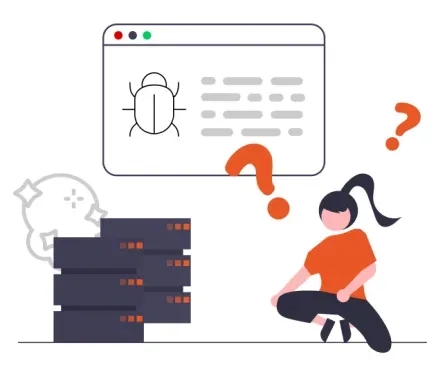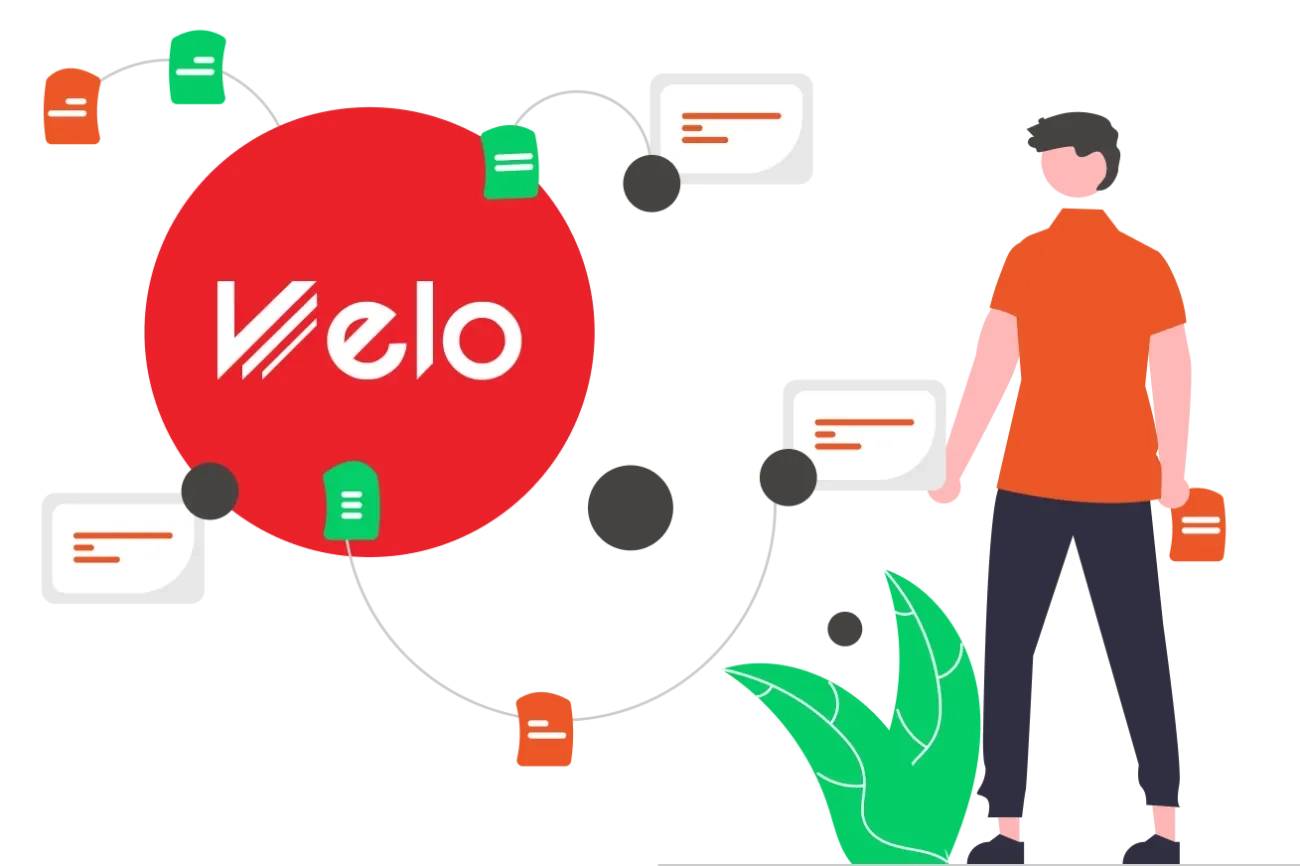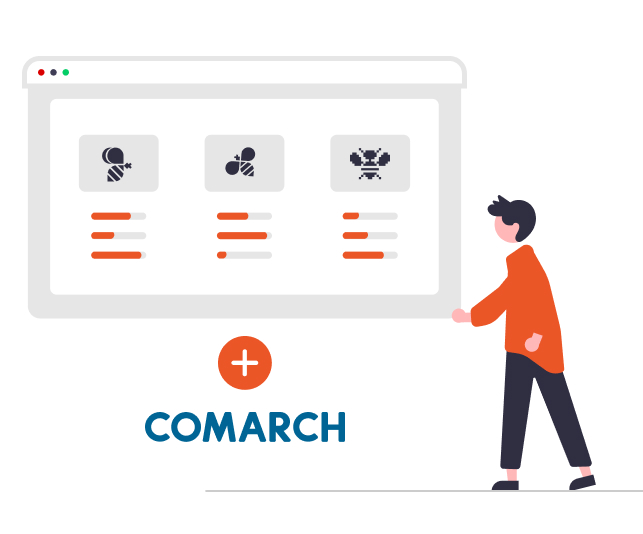
A well-known supplier of bicycles and their components across Poland
Project type
New admin system
Industry
Bikes
Technologies
Scope of work
Software Development

The Problem
- An old system that prevented efficient modifications and functions enhancements for employees
- Non-ergonomic software – both for Velo employees and contractors
- No central information panel, which meant logging in to numerous systems to check the order or payment status
About the Client
For over 25 years, Velo has collaborated with partners to establish a countrywide chain of "Dobre Sklepy Rowerowe" stores. The company provides a variety of brands and numerous products catered to all cycling enthusiasts' needs.
The Challenge
We had one mission - redesigning Velo's outdated internal system. The back-end administration was overcomplicated and unintuitive. With cumbersome login to several systems and manual data input, it is easy to make a mistake. As an industry leader, our client could not afford it.
The Goal
We wanted to simplify and automate the system without organizing many training sessions for employees. . Additionally, we wanted to create an intuitive system where administrators would be able to provide the most important information to contractors.


The Solution
Considering Drupal's nature, we designed a well-thought, multi-level data access system, with differentiated permissions based on business contracts. By selecting the type of contract, the administrator automatically adds all access to the system for the end user. Moreover, the system solved the problem of several logins to handle one process. Since then, all the information about a particular B2B customer is on one website.
In addition to unifying the software supporting the business process, we reorganized and redesigned the login method and key functions. Firstly, we implemented an auto login system to the service panel, allowing for secure authentication of users who use the service most often. Secondly, we designed a comprehensive information transfer system for contractors.
Based on our knowledge and experience in building custom business software, we chose the latest Drupal version as the project’s foundation.
Apart from our experience in this technology, there were many reasons for choosing Drupal:
- the client’s e-commerce home page was built using this technology, which allows for secure and simple integrations and data transfer;
- the solution should work on multiple browsers to avoid different software versions and manual installation on each company system;
- the software must be available for employees from different company’s departments: from sales, through accounting, to logistics;
- the solution should be easy to manage and have the right hierarchy of access to particular information;
- ensuring data security is essential, particularly when external companies are accessing part of the system.
As you can see, Drupal meets all the requirements. Moreover, as a CMS, it is simple and intuitive.
It is worth noting that to complete this project, we used a combination of Open Source solutions and custom integrations with the existing Velo infrastructure. In addition to basing the project on the Drupal platform, we integrated it with the Comarch CRM system. The database is based on MySQL technology.
The Effects
We created professional software that supports Velo’s business processes
Our implementation helped increase the employees’ productivity. When business processes are complex and repeated dozens (sometimes even several hundred) of times, optimization and automation also mean financial benefits.
What effects did we achieve?

We created a panel for reviewing documents and currently signed promotional contracts for end users, along with a preview of additional promotions they can take advantage of.
We implemented sales reports and statistics on the distribution of annual sales with the possibility of comparison with previous years.
We added custom integrations with the Comarch system to improve secure data transfer and solve the problem of manual data inputs by employees.
Statistics
15
+ 1000
4
+ 30000
Admin system tailored to your needs
Do it with Smartbees